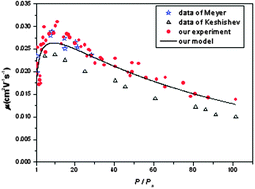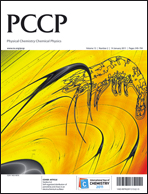Electron mobility in liquid and supercritical helium measured using corona discharges: a new semi-empirical model for cavity formation
Abstract
Electron mobilities in supercritical and liquid helium were investigated as a function of the density. The mobilities were derived from I(V) curves measured in a high-pressure cryogenic cell using a corona discharge in point-plane


 Please wait while we load your content...
Please wait while we load your content...